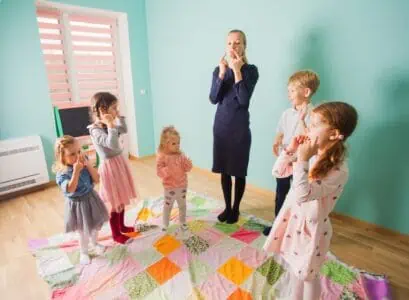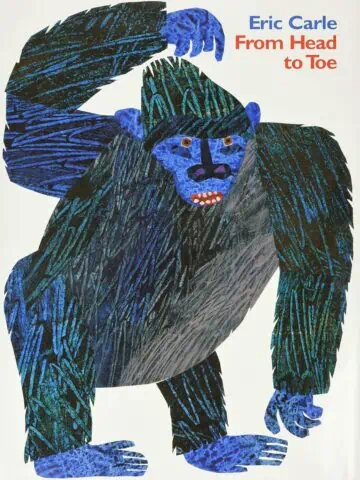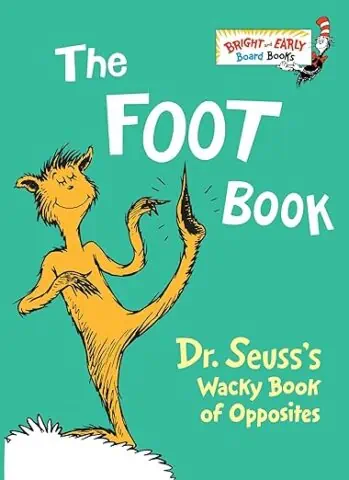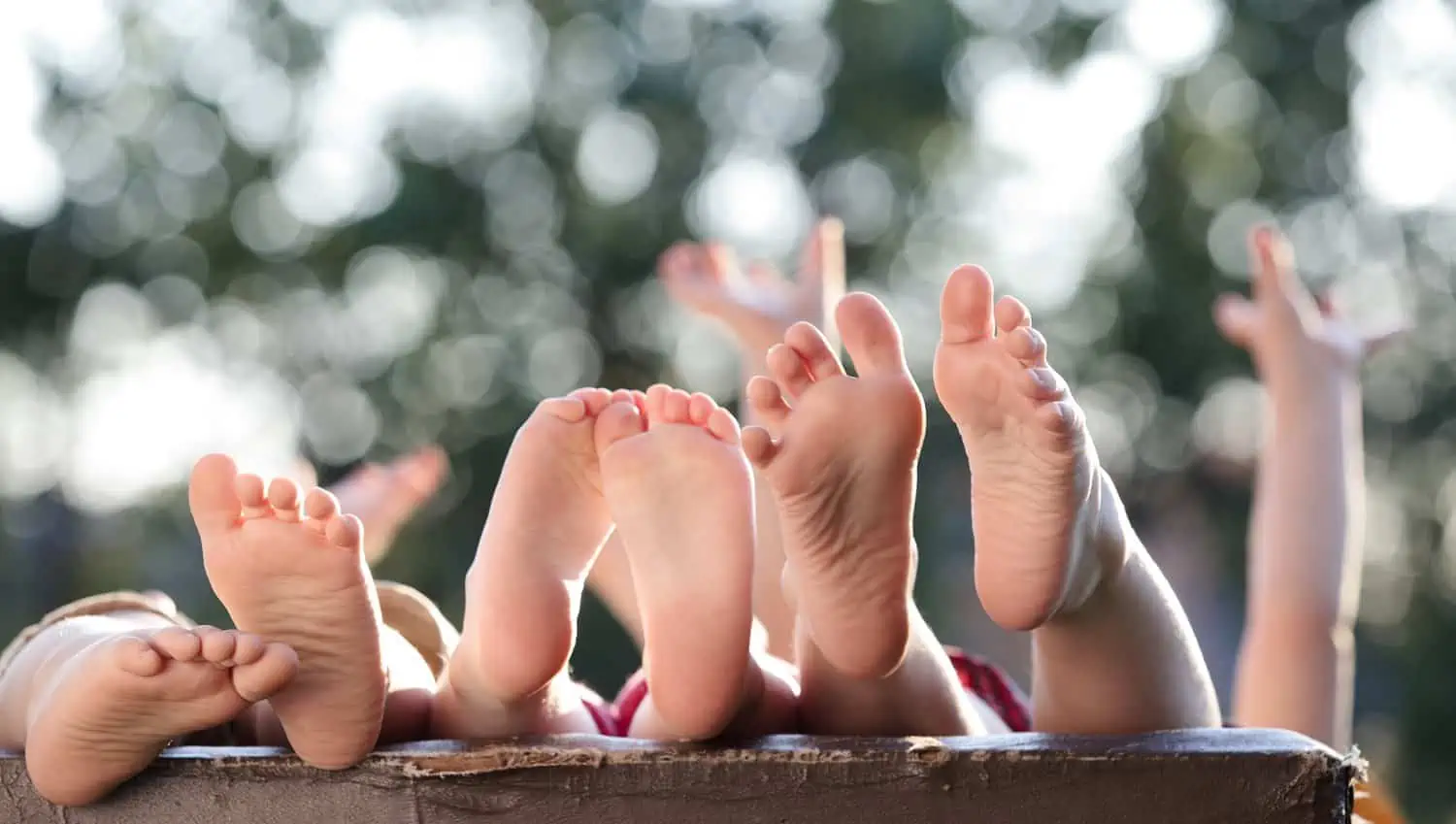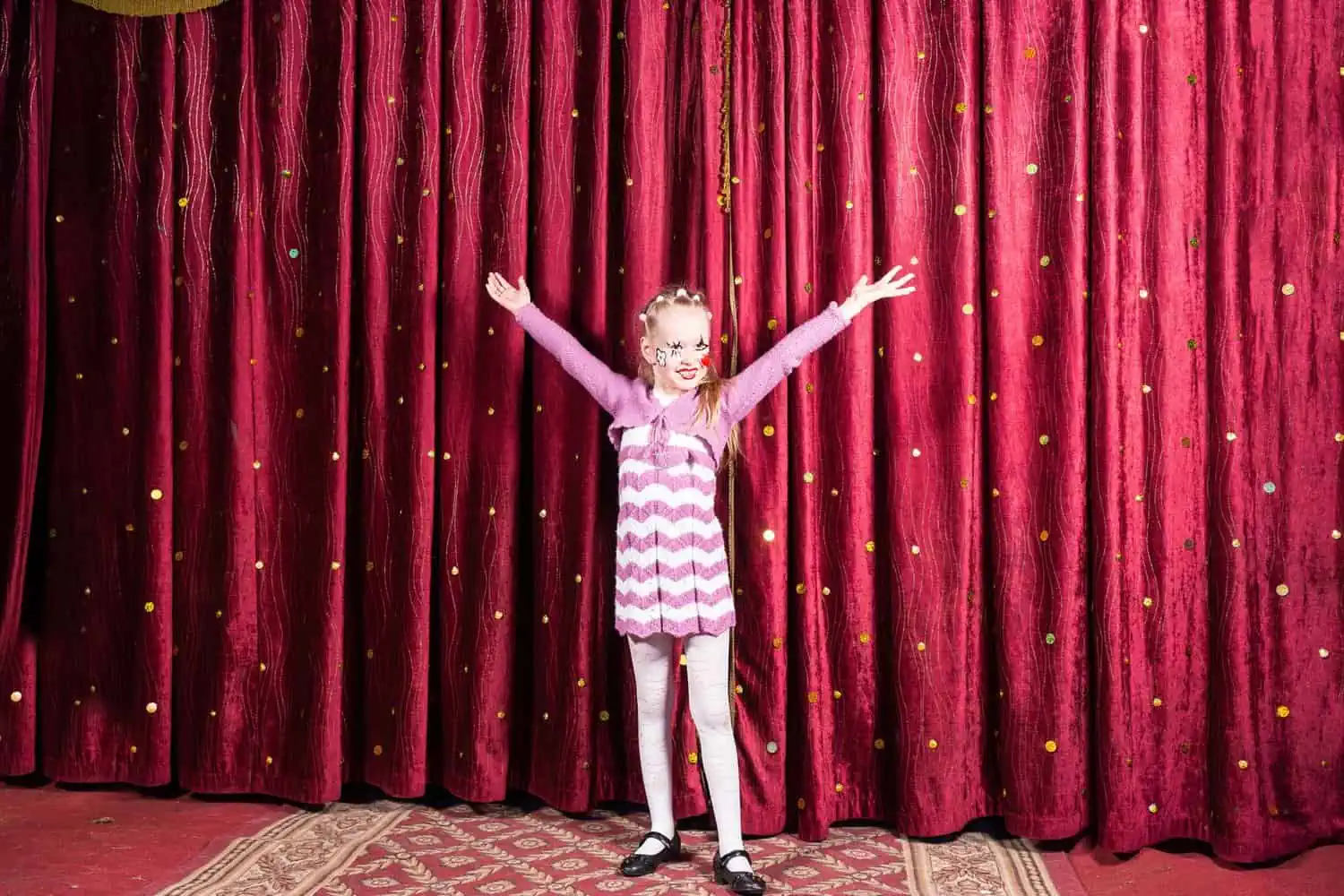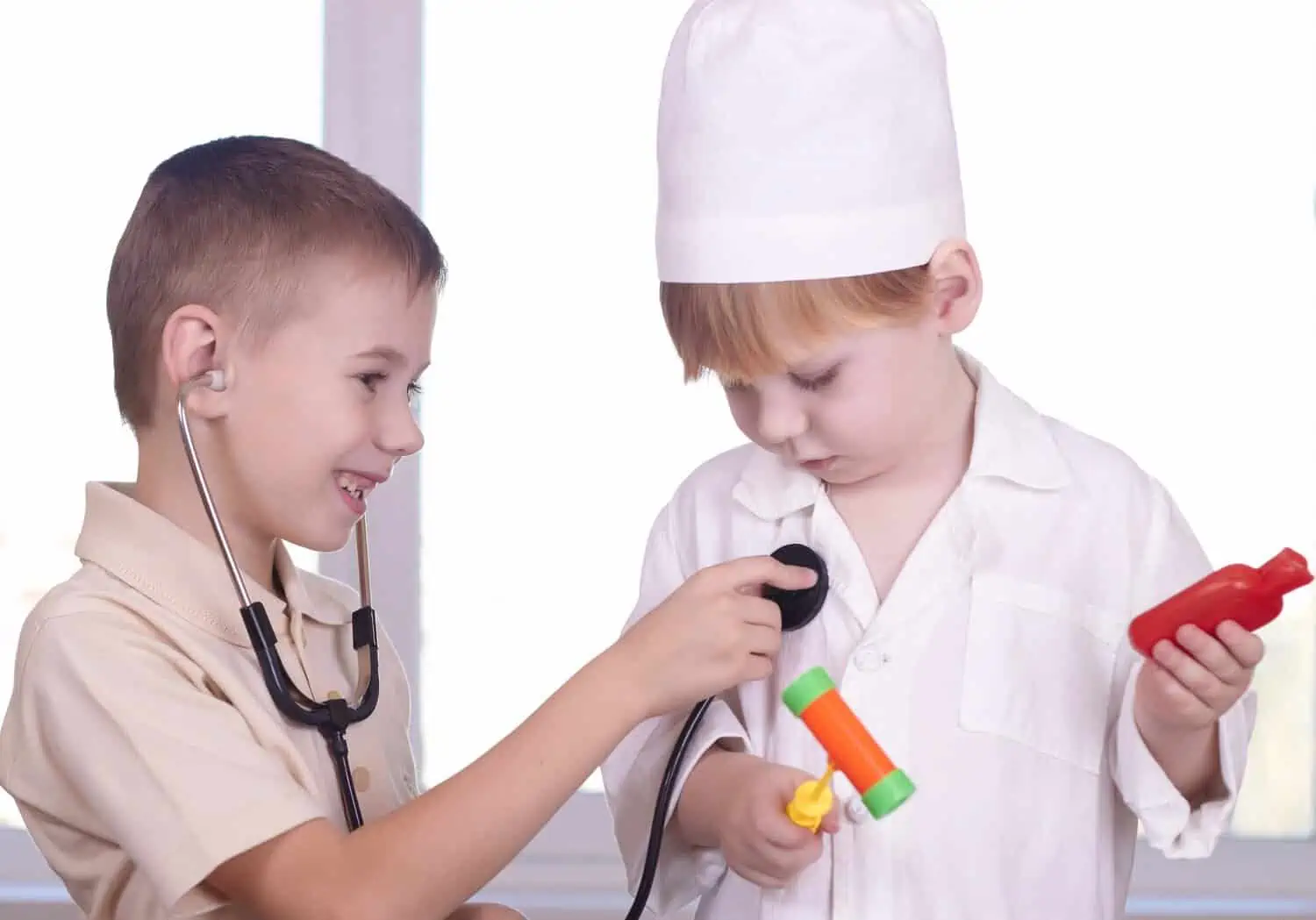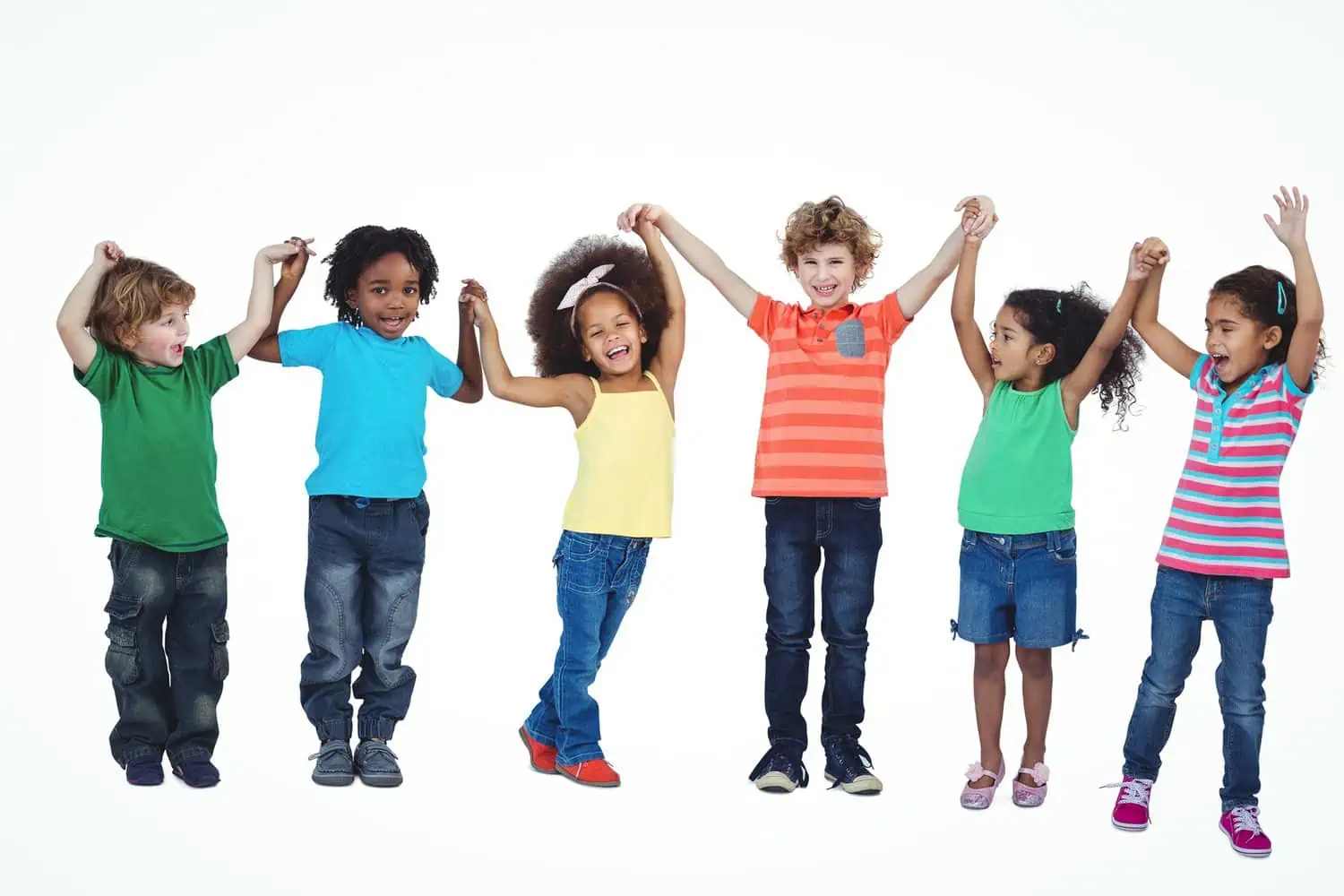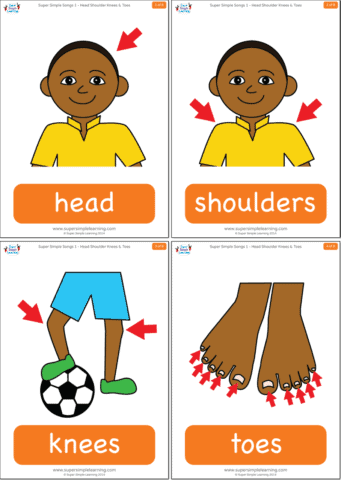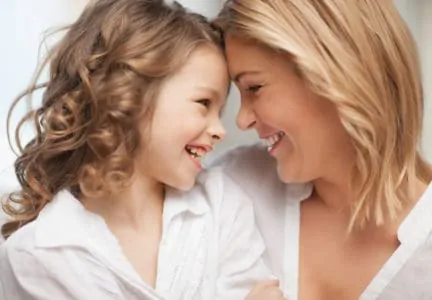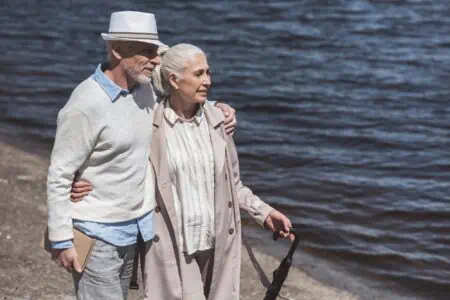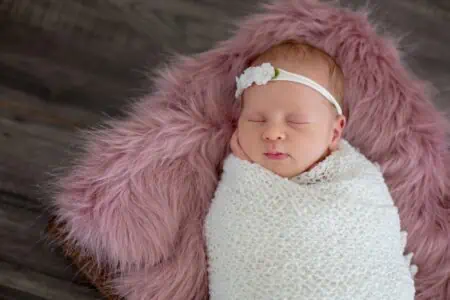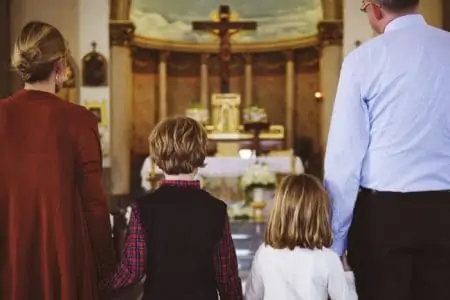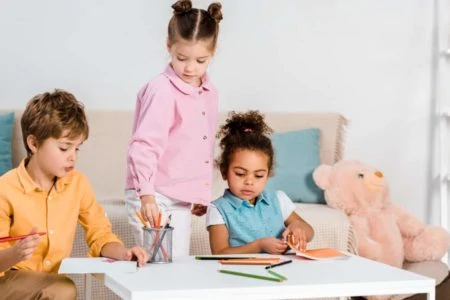If you are looking for creative ways to teach this topic, you have come to the right place. We have rounded up 30 fun body parts activities for preschoolers, including songs, crafts, worksheets, and digital games to make learning a blast.
30 Body Parts Activities for Preschoolers
Understanding the human body is a major milestone in early childhood development. It promotes confident movement and body autonomy. Whether you are a parent or a teacher, these 30 activities will help you teach body parts effectively.
Songs, Stories, and Rhymes
Music and storytelling are powerful tools for memory. These seven songs and books engage children and make memorization easy.
1. Brush Your Teeth
Teaching dental hygiene can be a battle. My 2-year-old only recently accepted the toothbrush as a friend, not a foe. Songs like “Brush Your Teeth” by Super Simple Songs make the process fun. It introduces kids to the mouth, gums, tongue, and teeth while emphasizing the importance of keeping them clean.
2. Shake Your Sillies Out
“Shake Your Sillies Out” is a high-energy anthem for preschoolers. It encourages them to wiggle, clap, and jump. This helps children identify different body parts through movement and releases pent-up energy. It is perfect for a mid-day brain break.
3. Parts of the Body
This catchy tune covers the anatomy from head to toe. The video uses clear visuals to help kids point to specific parts as they sing along. It is a straightforward, effective way to reinforce vocabulary.
4. I’ve Got a Body
If your little one is always moving, they will love this song. It highlights functions, such as sniffing with a nose or stomping with feet. The gentle animation is calming, making it a great choice for children who get overstimulated by loud, fast-paced videos.
5. From Head to Toe by Eric Carle
From Head to Toe is a staple for any preschool library. The book uses animals to prompt movement. A giraffe bends its neck and a monkey waves its hands, encouraging your child to mimic the actions. It is an interactive reading experience that builds gross motor skills.
6. The Foot Book by Dr. Seuss
Dr. Seuss is the king of rhymes. The Foot Book explores opposites through the lens of feet. You will find slow feet, quick feet, sick feet, and trick feet. It is a silly, rhythmic way to focus on one specific body part while learning adjectives.
7. This Little Piggy
You likely grew up with this classic nursery rhyme. Start with the big toe and work your way down.
Recite the rhyme: “This little piggy went to market, this little piggy stayed home…” When you reach the pinky toe and the pig who cried “wee wee wee,” tickle your child all the way up to their tummy. It teaches toe separation and sensory awareness through laughter.
Educational Games and Worksheets
Games turn lessons into play. These activities work well at home or in the classroom to test knowledge and coordination.
8. Body Parts Bingo
Bingo is excellent for children aged 3 and up. You can create your own cards or download Body Part Bingo cards. Call out a part, like “elbow” or “knee,” and have the kids mark the corresponding image. The first one to get a row wins. It builds listening skills and visual association.
9. Labeling the Body Parts
Even if your preschooler cannot read yet, labeling worksheets serve as great conversation starters. Download a printable version here. Point to a label, say the word, and ask your child to point to that part on their own body.
10. Acting Out Books
After reading educational books like The Skeleton Inside You, ask your kids to act out the story. If a character uses their hands to pick up an apple, have your child do the same. This connects the abstract concepts in the book to their physical reality.
11. Puzzles
Puzzles improve problem-solving skills and spatial awareness. Look for puzzles that break the human body into distinct layers or sections. Here are a few top-rated options:
- Blue Panda Wood Peg Anatomy Puzzle
- Kidzlane Wooden My Body Puzzle
- TOOYFUL Learning Human Body Puzzle
12. Blind Taste Test
This sensory game focuses on the mouth and tongue. Blindfold the children and offer small samples of distinct foods, lemons (sour), pretzels (salty), marshmallows (sweet), or dark chocolate (bitter). Ask them to describe the texture and taste. It helps them understand how taste buds work.
13. Playing Hospital
Set up a pretend clinic with teddy bears or dolls. Let children use toy stethoscopes to “listen” to hearts or wrap bandages around “injured” arms. This role-play fosters empathy and helps them articulate where things hurt, which is a vital life skill.
14. Simon Says, Body Edition
Simon Says is the ultimate listening game. Issue commands like “Simon says touch your nose” or “Simon says wiggle your left thumb.” Use this free printable list for inspiration. It tests their reaction time and vocabulary simultaneously.
15. Pin the Body Part
Put an anatomical twist on the classic birthday game. Print a large outline of a human body and cut out organs or limbs. Blindfolded kids must try to tape the heart, brain, or hand in the correct spot. It is hilarious and educational for group settings.
Arts and Crafts
Hands-on projects help kinesthetic learners grasp anatomy concepts. Try these eight creative ideas.
16. Paper Plate Faces
This is an affordable craft that teaches facial symmetry. Provide paper plates, yarn (for hair), and markers. Kids can draw eyes, noses, and mouths, or glue on cut-out shapes. You can also use this to discuss emotions by making sad, happy, or angry faces.
17. Body Tracing
Use a roll of butcher paper and have your child lie down. Trace their outline with a marker. Once they stand up, let them color in their “life-size twin,” drawing clothes, faces, and organs. It gives them a real sense of their physical scale.
18. Playdough Mats
Preschoolers love playdough. Print and laminate these human body mats. Children can shape dough into intestines, muscles, or bones to fill in the diagrams. It is a fantastic tactile sensory activity.
19. Handprint Art
Dip your child’s hand in non-toxic paint and press it onto paper. Once dry, turn the print into animals, flowers, or monsters. This preserves a memory of their size while allowing them to get messy and creative.
20. Body Collage
Grab some old magazines and toddler-safe scissors. Ask your child to cut out eyes, legs, smiles, and hair to create a mismatch collage. The results are often goofy, but the process improves fine motor cutting skills.
21. Cotton Swab Skeleton
Teach kids about the bones underneath their skin with cotton swabs (Q-tips). Glue the swabs onto black construction paper to form a rib cage, arms, and legs. Add a white paper skull on top. It is a simple, effective X-ray simulation.
22. Human Body Coloring Book
When you need a quiet activity, a coloring book saves the day. The Human Body Preschool Activity Book offers age-appropriate diagrams and puzzles. It is great for restaurant waits or rainy afternoons.
23. Body Pizza
Make snack time educational. Use pizza dough or a tortilla as the base. Let kids arrange toppings to create a face or body, pepperoni eyes, a bell pepper smile, or cheese hair. It encourages them to eat healthier toppings by making food fun.
Digital Learning Activities
Screen time can be educational if you choose the right content. These apps and videos make anatomy interactive.
24. Bimi Boo App
The Bimi Boo app is a favorite for toddler development. It features over 1,700 activities covering shapes, colors, and body parts. The interface is intuitive, so little hands can navigate it easily.
25. Move! Dance Song
“Move!” is a fast-paced song that gets kids sweating. It commands them to follow specific actions, helping them connect words like “jump” or “spin” to physical sensations. It is perfect for developing gross motor coordination.
26. Heads, Shoulders, Knees and Toes
You cannot beat the classics. This song teaches the four major landmarks of the body. The repetitive nature helps with memory retention. Speed it up with each verse to make it a fun challenge.
27. QuiverVision Augmented Reality
QuiverVision brings coloring pages to life. Print their special pages, color them in, and use the app to see the characters pop off the page in 3D. It is a magical way to mix traditional art with modern tech.
28. Digital Flashcards
Save paper and ink by using digital flashcards on your tablet or phone. Super Simple Songs offers a great collection covering body parts and emotions. They are perfect for quick quizzes while waiting in the car pick-up line.
29. Virtual Anatomy Tour
YouTube hosts incredible virtual tours of the human body. While some are advanced, many are animated simply enough for bright preschoolers to grasp basic concepts like how the heart pumps blood or how lungs fill with air.
30. Online Read Alouds
If you can’t get to the library, online read-alouds are a lifesaver. Search for readings of body-positive books. It allows you to expose your child to diverse stories and characters without spending a dime.
Tips for Teaching Body Parts to Toddlers
Toddlers are information sponges, but you need the right approach to make lessons stick. Here are 10 tips for success:
- Keep It Simple: Stick to basic terms like “tummy” or “head” before introducing complex words like “abdomen” or “cranium.”
- Sing Often: Songs like “Head, Shoulders, Knees, and Toes” use repetition to lock in memory.
- Start With Them: Kids understand their own bodies best. Ask them to touch their nose before asking them to touch a doll’s nose.
- Start Early: You can begin naming parts during bath time or diaper changes as early as infancy.
- Read Together: Library books provide visuals that help children understand bodies come in all shapes and sizes.
- Use Toys: Use stuffed animals to point out ears, tails, and paws to show how anatomy differs between species.
- Make It a Game: Competition and play, like “Simon Says,” increase engagement and retention.
- Mirror Play: Stand in front of a mirror together. Touching the reflection helps reinforce location and self-recognition.
- Doll Play: Ask your child to feed a baby doll or put shoes on its feet. This practices anatomy knowledge and caregiving skills simultaneously.
- Get Artsy: Tracing outlines or drawing faces helps visual learners understand where parts belong.
